The 1980s were a decade known for its vibrant culture and economic changes. During this time, the beer industry experienced a significant shift, with the rise in popularity of cheap beers.
During the 1980s, beer preferences in the United States were largely dominated by big-name brands and light lagers, although the craft beer movement was beginning to emerge.
Here’s a list of some of the most popular beers from that era, primarily focusing on the U.S. market:
- Budweiser: Often referred to as the “King of Beers,” Budweiser was a top-seller throughout the 80s.
- Miller Lite: The success of Miller Lite in the late 1970s carried over into the 80s. It was one of the first successful mainstream light beers.
- Coors Light: The “Silver Bullet” became increasingly popular during this decade as light beers continued to gain traction.
- Bud Light: Introduced in 1982, it quickly became one of the best-selling beers in the U.S.
- Heineken: This Dutch beer was one of the most popular imported beers in the U.S. during the 1980s.
- Stroh’s: A Detroit-based brand that was particularly popular in the Midwest.
- Old Milwaukee: A staple for many beer drinkers during this period.
- Pabst Blue Ribbon (PBR): PBR had its moments of popularity in various decades, and in the 80s, it was still a significant player.
- Schlitz: Once one of the largest breweries in the world, Schlitz remained popular in the 80s, although its prominence was waning.
- Michelob: An Anheuser-Busch brand that was positioned as a more upscale option compared to Budweiser.
Remember, the popularity of beers can vary depending on the region and demographic. Also, the 1980s saw the early stages of the craft beer revolution, so while the beers listed above were mass-market hits, a variety of smaller breweries were laying the groundwork for the craft beer explosion that would come in the following decades.
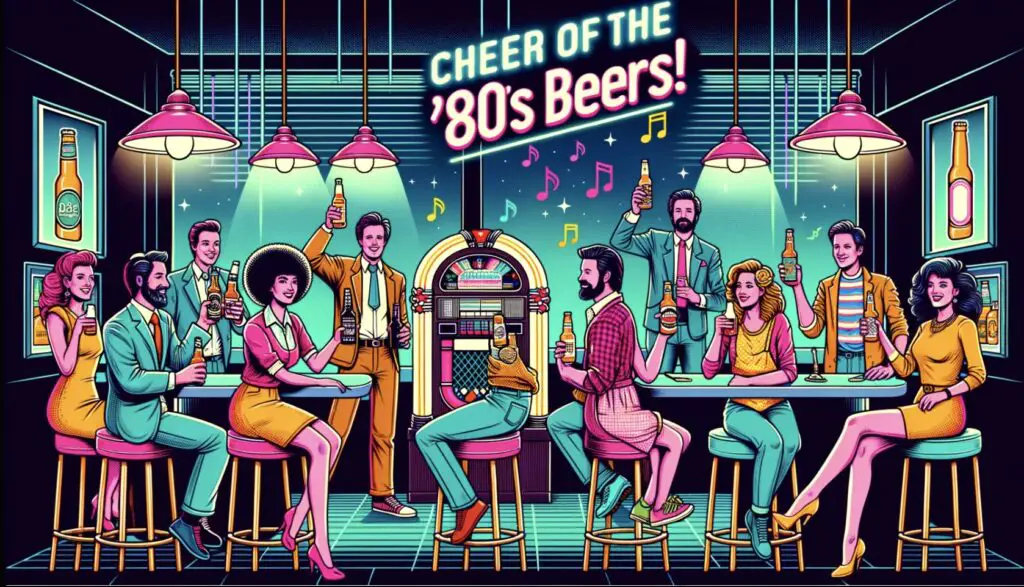
In this article, we will provide an overview of the beer industry in the 1980s and explore the factors that influenced the popularity of cheap beers during that time.
Overview of the Beer Industry in the 1980s
In the 1980s, the beer industry was dominated by large, established breweries that produced popular brands.
However, a wave of microbreweries started to emerge, offering a wider variety of flavors and styles to consumers.

This shift gave rise to the craft beer movement, which challenged the dominance of mainstream beer brands.
Additionally, the 1980s saw changes in consumer preferences. Younger drinkers were seeking more affordable options and were less brand loyal than previous generations. This created an opportunity for cheap beers to gain traction in the market.
Factors Influencing the Popularity of Cheap Beers
Several factors played a role in the popularity of cheap beers during the 1980s:
- Affordability: As the economy faced challenges during the 1980s, consumers were looking for more affordable options. Cheap beers provided a budget-friendly choice, allowing consumers to enjoy their favorite beverage without breaking the bank.
- Marketing and Packaging: Cheap beer brands invested in effective marketing campaigns and eye-catching packaging to appeal to consumers. They positioned themselves as accessible and relatable to the everyday consumer, leveraging nostalgia and highlighting their value for money.
- Social and Cultural Shifts: The 1980s were marked by a shift in social and cultural norms. The rise of the working-class hero archetype and the emphasis on blue-collar values made cheap beers align with the ideals of the time. These beers became associated with a laid-back, carefree lifestyle.
- Accessibility: Cheap beers were widely available in bars, convenience stores, and supermarkets. They catered to the convenience-seeking consumer, offering a readily accessible option for social gatherings or casual outings.
In conclusion, the cheap beer market saw a surge in popularity during the 1980s due to factors such as affordability, effective marketing strategies, cultural shifts, and accessibility. These beers provided an affordable and approachable option for consumers, capturing the spirit of the time.
Budweiser
Background and history of Budweiser as a cheap beer in the 1980s
During the 1980s, one of the most popular and iconic cheap beers was Budweiser. Budweiser is an American-style lager that was first introduced in the late 1800s.
It quickly gained popularity among beer drinkers for its crisp and refreshing taste, making it a go-to choice for many consumers seeking an affordable option.
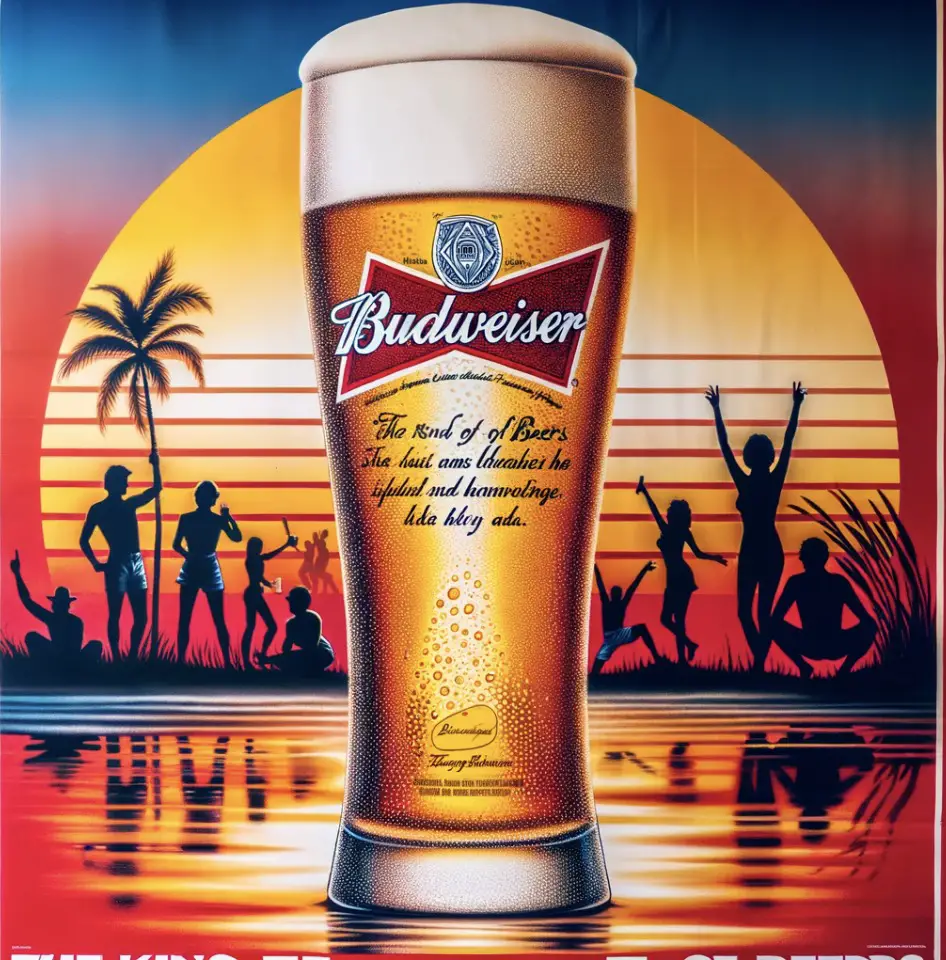
In the 1980s, Budweiser solidified its position as a leading cheap beer brand. It was known for its consistent quality and affordable pricing, making it a favorite among budget-conscious beer drinkers. Budweiser’s popularity was not limited to any specific demographic, as it appealed to a wide range of consumers looking for a reliable and inexpensive beer option.
Unique features and marketing strategies
Budweiser utilized various unique features and marketing strategies to differentiate itself from other cheap beer brands:
- Consistent Taste: Budweiser’s success as a cheap beer can be attributed, in part, to its consistent taste. Consumers knew that they would get the same crisp and refreshing flavor with every can or bottle they purchased.
- Eye-Catching Packaging: Budweiser invested in bold and eye-catching packaging that stood out on store shelves. The brand’s signature red and white logo became synonymous with inexpensive and high-quality beer.
- Sponsorships and Advertising: Budweiser leveraged sponsorships and advertising to build brand awareness and appeal to a wide audience. The brand was often associated with sports events, music concerts, and other cultural moments, further solidifying its position as a popular and accessible beer choice.
- Nostalgia Marketing: Budweiser tapped into nostalgia marketing by creating advertisements that evoked a sense of Americana and pride. They often portrayed scenarios that reflected the idealized American lifestyle, resonating with consumers who were seeking comfort, familiarity, and a connection to the past.
- Emphasizing Value for Money: Budweiser positioned itself as a value-for-money option, emphasizing the affordability of their beer without sacrificing quality. This allowed consumers to enjoy their favorite beverage without straining their budgets.
Overall, Budweiser’s consistent taste, eye-catching packaging, effective advertising campaigns, and emphasis on value for money contributed to its success as a cheap beer in the 1980s. The brand’s ability to connect with a wide range of consumers and deliver a reliable and affordable product solidified its position as a staple in the cheap beer market during that time.
Coors Light
Coors Light in the 1980s: A popular choice for budget-conscious consumers
During the 1980s, one of the most popular choices for budget-conscious beer drinkers was Coors Light.
Coors Light is a light beer that was first introduced in 1978 and quickly gained traction as an affordable option for those looking for a refreshing beer that wouldn’t break the bank. Its popularity continued to grow throughout the 1980s, making it a go-to choice for many consumers.
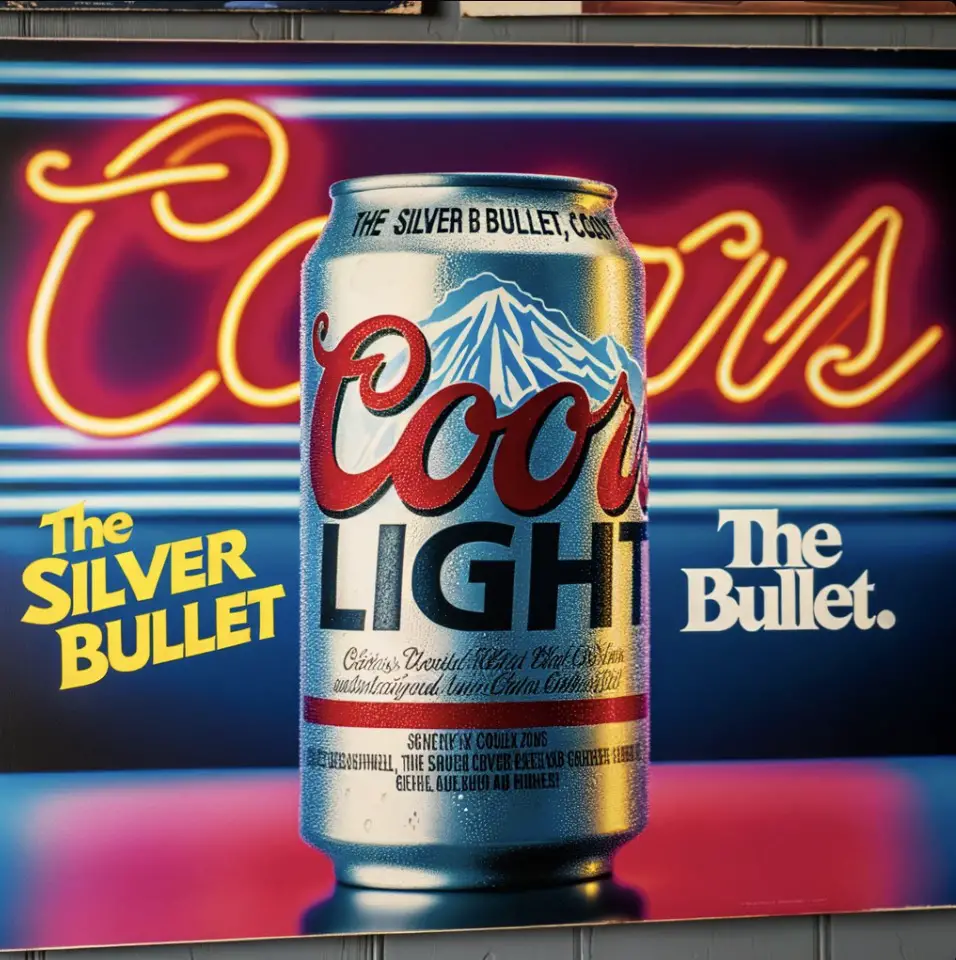
Coors Light appealed to budget-conscious consumers for several reasons. First and foremost, it offered a lighter and less filling option compared to other beers on the market.
This made it a refreshing choice, especially during the hot summer months. Additionally, the price point of Coors Light was appealing to many consumers. It provided a great value for the quality and taste it offered.
Key attributes and branding efforts
Coors Light utilized certain attributes and branding efforts to establish itself as a popular choice in the 1980s.
One key attribute of Coors Light was its emphasis on a crisp and clean taste. It was positioned as a refreshing beer that could be enjoyed anytime, anywhere. This attribute was highlighted through its marketing campaigns, where Coors Light was often associated with outdoor activities and social gatherings.
In terms of branding, Coors Light invested in effective marketing strategies to differentiate itself from other cheap beer brands. The brand’s iconic silver can became synonymous with a refreshing and affordable option. It stood out on store shelves and caught the attention of consumers.
Coors Light also leveraged sponsorships and advertising to build brand awareness and connect with its target audience.
The brand sponsored sports events, particularly focusing on activities popular among budget-conscious consumers, such as baseball and barbecues.
This helped Coors Light establish a connection with its target market and position itself as a beer that could enhance their social experiences.
Overall, Coors Light’s crisp and clean taste, effective branding efforts, and affordable pricing made it a popular choice for budget-conscious consumers in the 1980s. It offered a refreshing and value-for-money option that resonated with its target audience.
Through its strategic marketing campaigns, Coors Light successfully positioned itself as a go-to choice for those seeking a budget-friendly beer without compromising on taste and qualityMiller High Life
Miller High Life: A budget-friendly beer with a rich history
During the 1980s, one of the go-to choices for budget-conscious beer drinkers was Miller High Life. Miller High Life is a classic American lager that has been around since 1903.
Known for its affordability and quality, it became a staple for many consumers looking for a cheap beer option that still delivered on taste.

One of the reasons Miller High Life was popular among budget-conscious consumers was its price point. It offered a great value for the quality and taste it provided. This made it an appealing choice for those who wanted to enjoy a cold beer without spending too much.
Distinctive qualities and advertising campaigns
Miller High Life had several distinctive qualities that set it apart from other cheap beer brands.
Firstly, it cultivated a reputation for being a “champagne of beers.” This slogan highlighted its smooth and crisp taste, elevating it above other budget-friendly options. The unique positioning appealed to consumers who wanted a beer that felt special and of higher quality, even within the affordable beer category.
In terms of advertising campaigns, Miller High Life employed various strategies to connect with its target audience. It focused on the idea of enjoying life’s simple pleasures, emphasizing camaraderie and good times.
The brand’s iconic “High Life Man” character became synonymous with the brand and was featured in many advertisements during the 1980s. The character represented the blue-collar American workingman, resonating with the target audience and creating a relatable image for the brand.
Additionally, Miller High Life leveraged sports sponsorships to reach its target market. The brand was a sponsor of various sports events, including baseball and football. By associating itself with these popular sports, Miller High Life was able to connect with consumers and position itself as a beer that enhanced their sports viewing experiences.
Overall, Miller High Life’s combination of affordability, quality, and effective marketing campaigns made it a popular choice for budget-conscious consumers in the 1980s.
Its distinctive qualities, such as the “champagne of beers” reputation, and the iconic “High Life Man” character helped create a unique and relatable brand image. With its rich history and commitment to delivering an enjoyable beer experience at an affordable price, Miller High Life solidified its place as a go-to choice for those seeking a budget-friendly beer in the 1980s.
Pabst Blue Ribbon
Pabst Blue Ribbon: The rise of a budget-friendly beer icon
During the 1980s, one of the most notable and beloved cheap beers was Pabst Blue Ribbon. Pabst Blue Ribbon, commonly known as PBR, has a fascinating history that spans over a century. Originally brewed in 1844, PBR gained popularity in the 1980s as a budget-friendly beer option that resonated with a wide range of consumers.
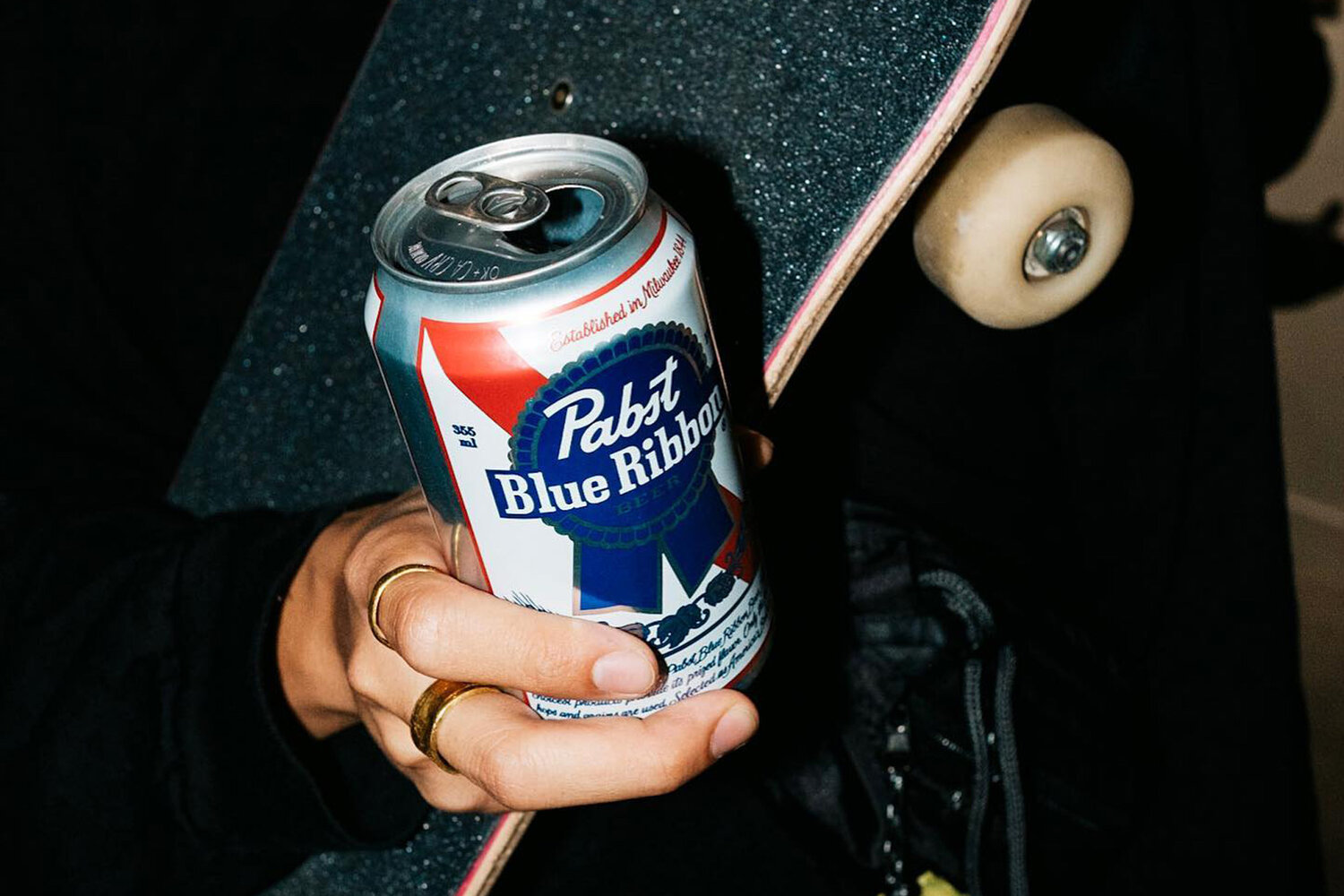
Pabst Blue Ribbon’s affordability played a significant role in its rise to popularity in the 1980s. It offered a great value for a beer that still delivered on taste and quality. This made it an appealing choice for individuals who were looking for an inexpensive beer without compromising on the overall experience.
Characteristics and Cultural Significance
Pabst Blue Ribbon had several key characteristics that contributed to its cultural significance during the 1980s.
Firstly, PBR had a distinct flavor profile characterized by a crisp and smooth taste. This appealed to a wide range of beer drinkers who appreciated a clean and refreshing beverage. Additionally, PBR’s slightly higher alcohol content compared to some other cheap beers added to its appeal.
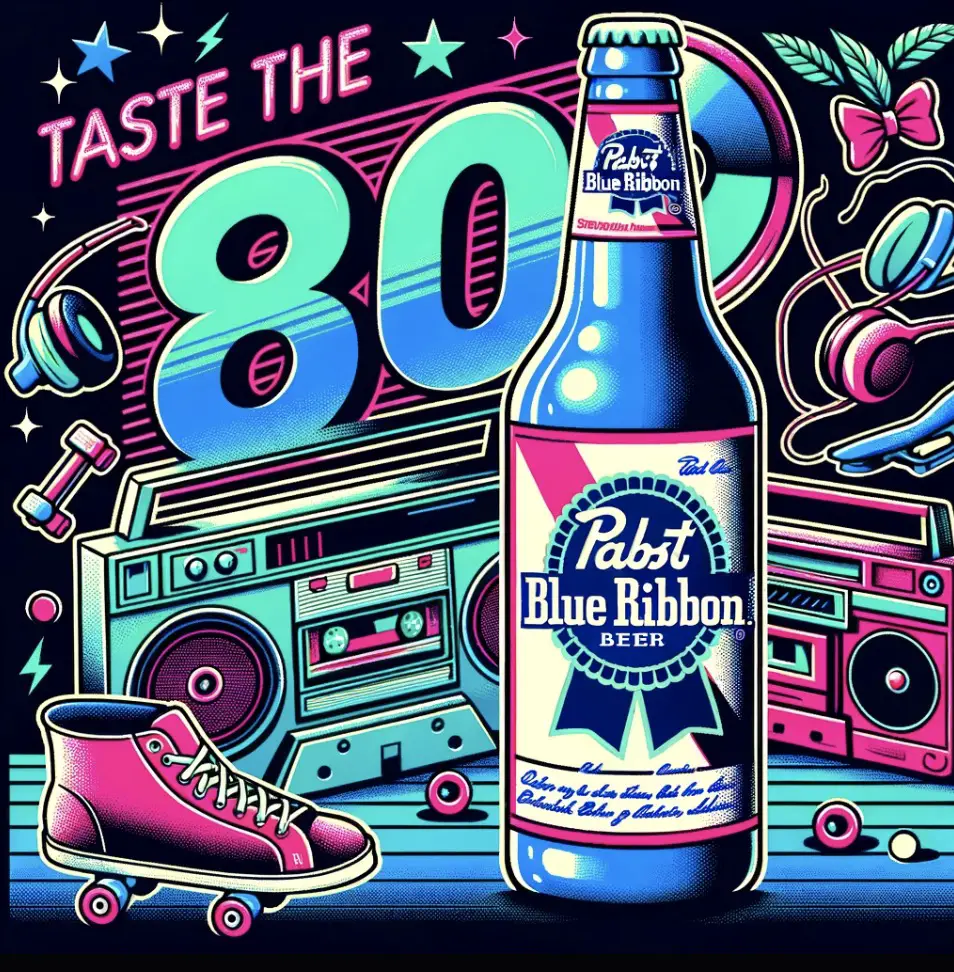
Another contributing factor to Pabst Blue Ribbon’s popularity in the 1980s was its association with counterculture and alternative movements. The brand became a symbol of authenticity and nonconformity, attracting a dedicated following among punk rockers, skateboarders, and other subculture communities. PBR’s affordability made it accessible to these groups, further cementing its iconic status.
Furthermore, Pabst Blue Ribbon’s marketing strategy during the 1980s played a crucial role in its cultural significance. The brand embraced grassroots marketing tactics, sponsoring independent music events and art festivals. This created a strong connection between the beer and the alternative scene, positioning PBR as the choice of rebellious and creative individuals.
In conclusion, Pabst Blue Ribbon’s affordability, distinct flavor, and its association with counterculture and alternative movements propelled it to become a budget-friendly beer icon in the 1980s. Its ability to offer a quality beer at an affordable price, combined with its marketing tactics, helped it resonate with a diverse range of consumers. PBR’s cultural significance from that era continues to influence its popularity and recognition today.
Narragansett Lager
Narragansett Lager: A regional cheap beer with loyal following
During the 1980s, alongside the popular Pabst Blue Ribbon, there was another noteworthy cheap beer gaining a loyal following – Narragansett Lager. Narragansett Lager, commonly referred to as ‘Gansett, had a rich history and strong ties to the New England region.
:max_bytes(150000):strip_icc()/ScreenShot2021-04-14at2.05.49PM-b10c1aa1b6a648538b479072637a4644.jpg)
Originally brewed in 1890 in Rhode Island, Narragansett Lager quickly became a staple for beer drinkers in New England. With its affordable price tag, ‘Gansett offered a great value without compromising on taste. This made it a popular choice for those seeking a refreshing and enjoyable beer experience without breaking the bank.
Highlights and impact on the market
Narragansett Lager had some noteworthy highlights that contributed to its impact on the beer market in the 1980s.
Firstly, ‘Gansett had a distinct flavor profile characterized by its smooth and crisp taste. This made it appealing to a wide range of beer enthusiasts who appreciated a refreshing and easy-to-drink lager.
Additionally, Narragansett Lager had a strong regional identity, which resonated with consumers in the New England area. The brand capitalized on this by incorporating local imagery and branding into its marketing efforts, effectively connecting with its target audience and creating a sense of regional pride among its consumers.
Another aspect that contributed to Narragansett Lager’s impact was its commitment to the local community. ‘Gansett sponsored various community events, sports teams, and cultural festivals, further solidifying its place as a beloved regional beer. This grassroots approach helped the brand foster a loyal following and create a strong connection with its consumers.

Despite the rise of national and global beer brands during the 1980s, Narragansett Lager maintained its popularity in the New England market. Its affordable price point, distinct flavor, and regional identity allowed it to carve out a niche and capture the hearts of many beer enthusiasts.
In conclusion, Narragansett Lager was a regional cheap beer with a loyal following in the 1980s. Its smooth and crisp flavor, strong regional identity, and commitment to the local community contributed to its impact on the beer market.
While it may not have achieved the same level of nationwide recognition as some other cheap beers of that era, Narragansett Lager remains a beloved choice for beer drinkers in the New England region. Its rich history and loyal following have solidified its place as a notable beer of the 1980s.Conclusion
The 1980s was a decade known for its iconic and affordable beers. Brands like Pabst Blue Ribbon and Narragansett Lager gained popularity and developed a loyal following.
These beers offered great value without compromising on taste, making them a popular choice for beer enthusiasts on a budget. While Pabst Blue Ribbon achieved nationwide recognition, Narragansett Lager maintained its stronghold in the New England region.
Summary of Affordable Beers in the 1980s
Pabst Blue Ribbon, established in the late 19th century, experienced a resurgence in the 1980s. Its affordable price, coupled with a distinct flavor profile, appealed to a wide range of beer drinkers. Pabst Blue Ribbon’s marketing efforts and involvement in cultural events helped solidify its position as a notable beer brand.
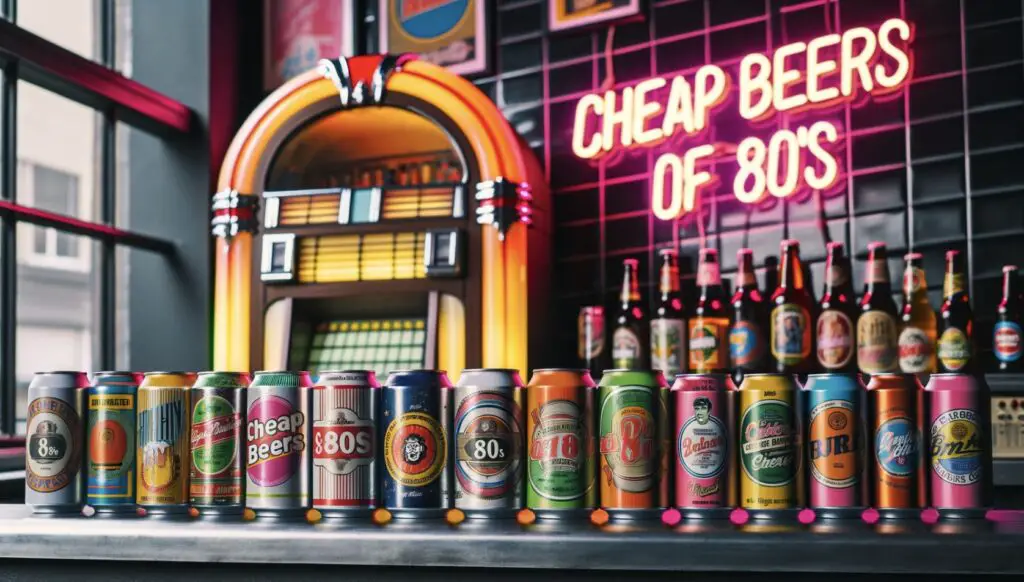
Narragansett Lager, also an affordable option, had a strong regional identity. Brewed in Rhode Island since 1890, Narragansett Lager became the go-to choice for beer enthusiasts in the New England area. Its smooth and crisp taste, along with local imagery and branding, connected with consumers on a deeper level.
Reflection on Their Influence and Legacy
The affordable beers of the 1980s left a lasting impact on the beer market. They provided beer lovers with high-quality options at affordable prices, challenging the dominance of more established brands. These affordable beers created a sense of nostalgia and regional pride among consumers, forging strong connections that still exist today.
While some cheap beers of the 1980s achieved nationwide recognition, others maintained a loyal following in specific regions. The influence and legacy of these beers lie in their ability to tap into consumer preferences and offer an affordable alternative without compromising on taste. They continue to be celebrated for their role in shaping the beer industry of that time.
In conclusion, the 1980s saw the rise of affordable beers like Pabst Blue Ribbon and Narragansett Lager. These brands offered consumers great value, distinct flavors, and a sense of regional pride. Their influence and legacy continue to resonate with beer enthusiasts, making them iconic choices in the history of beer.

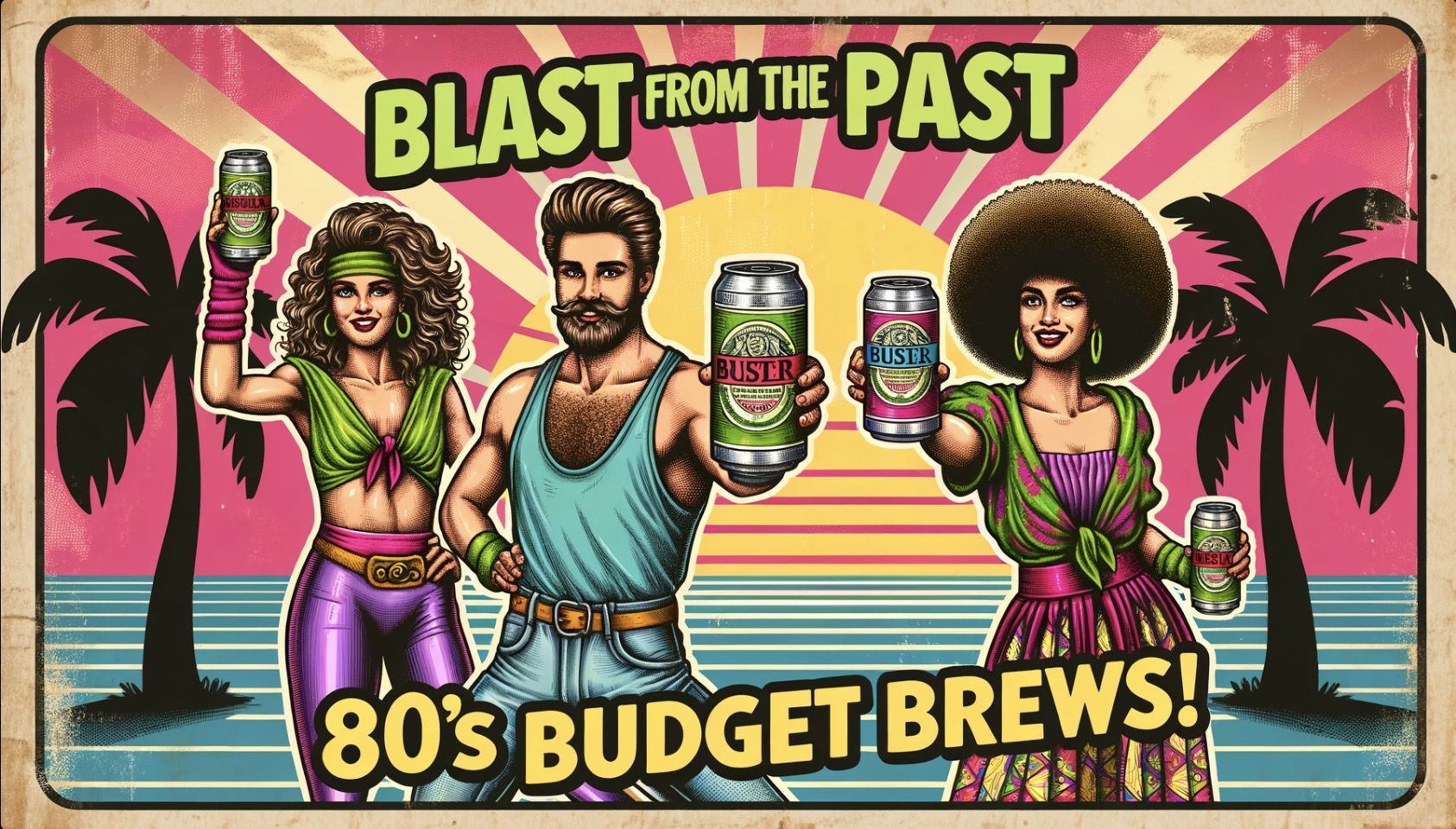
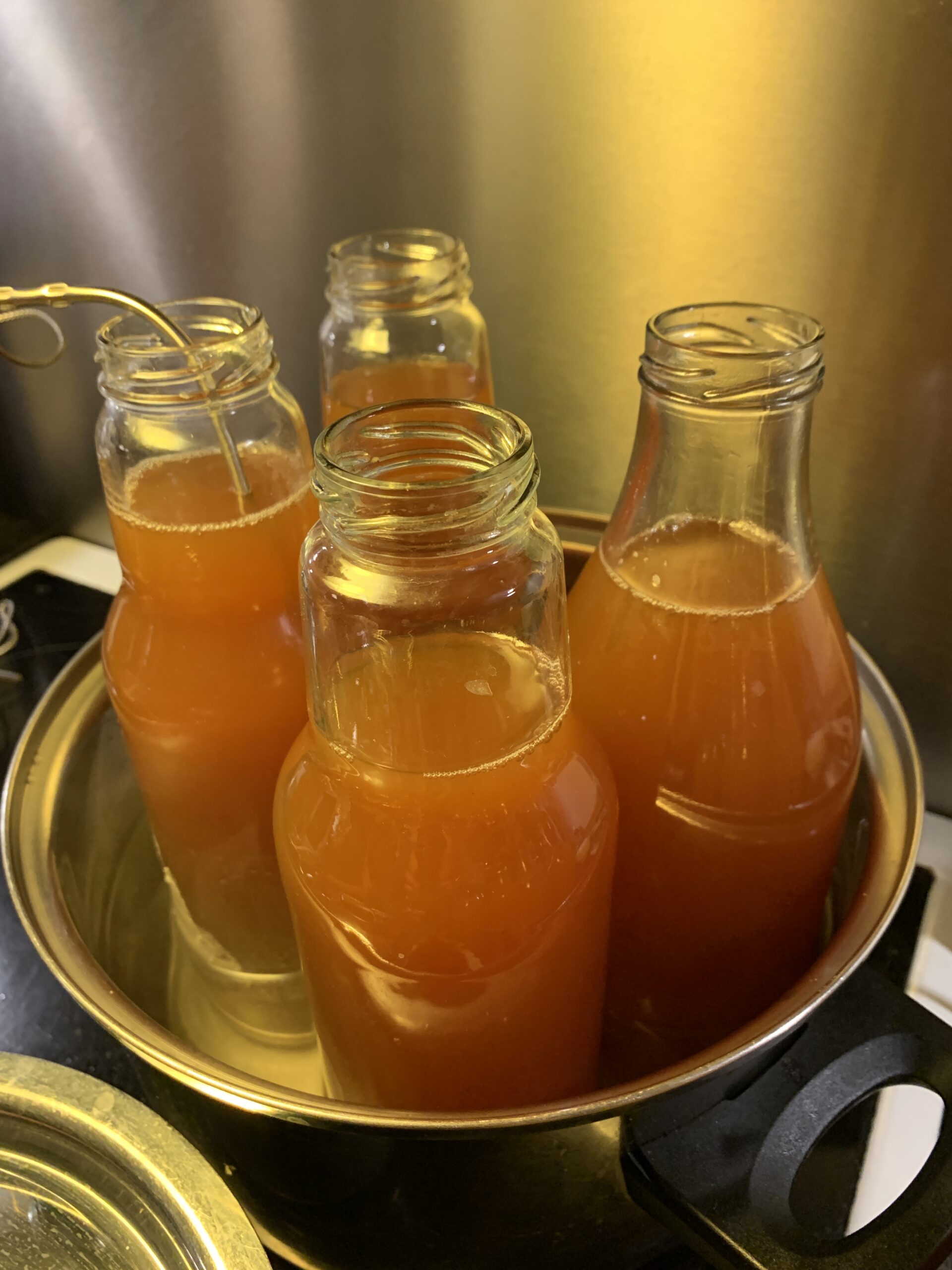

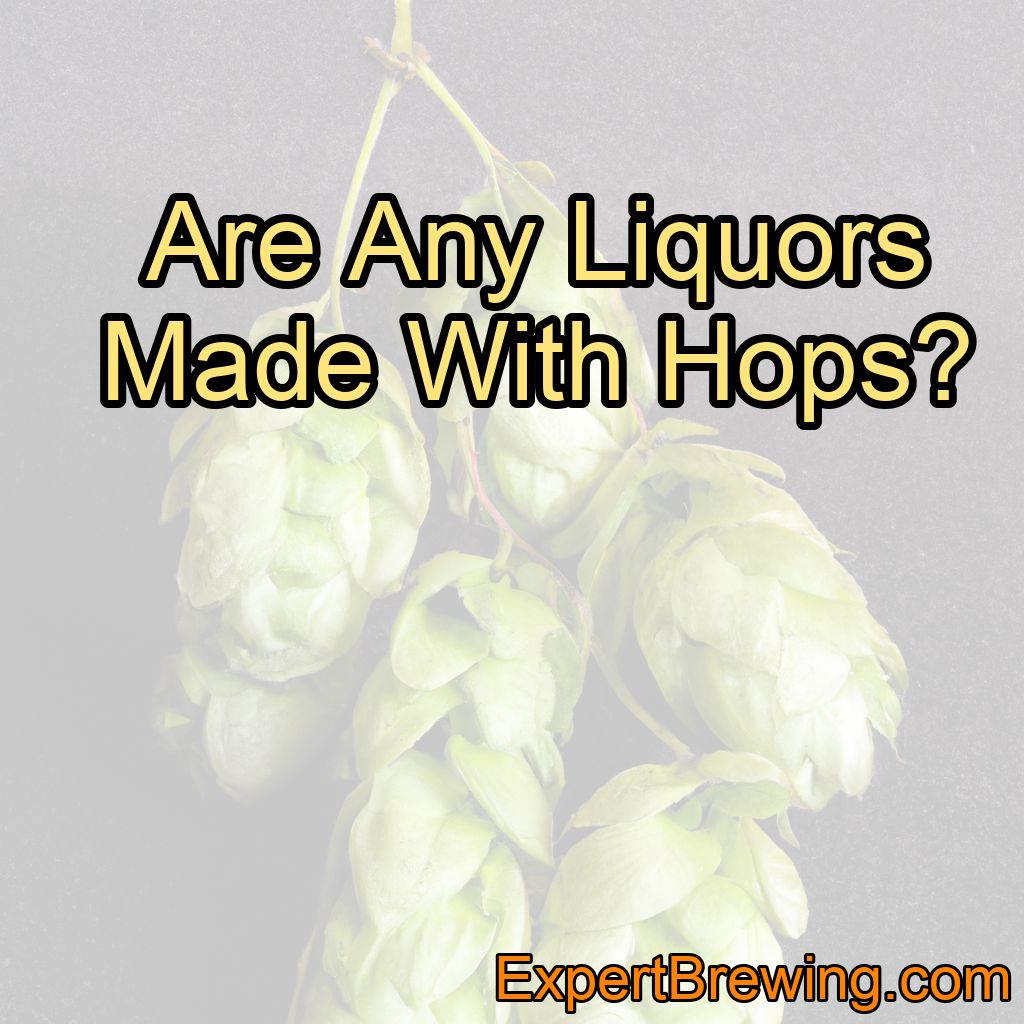
Leave a Reply
You must be logged in to post a comment.